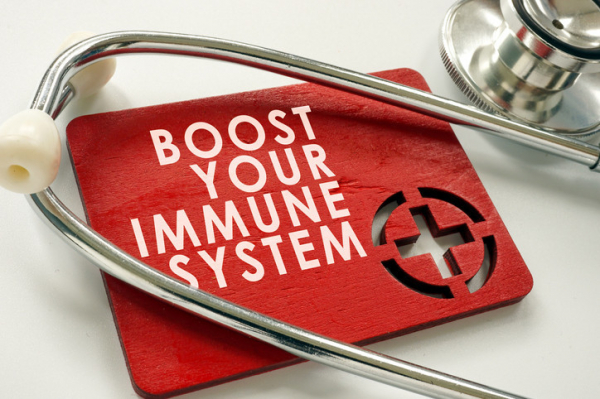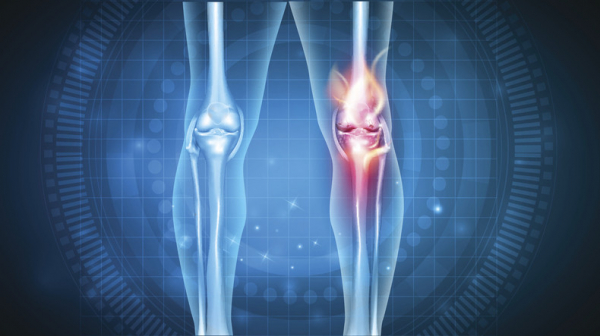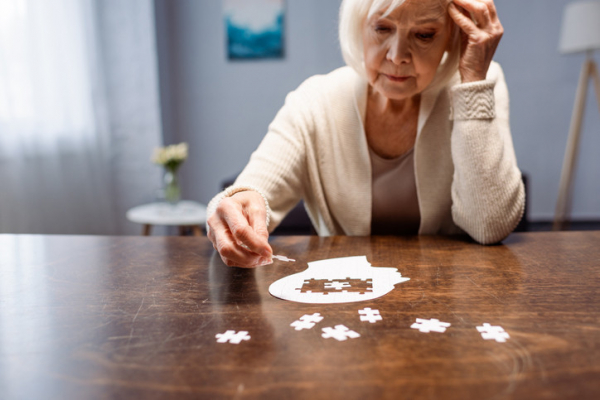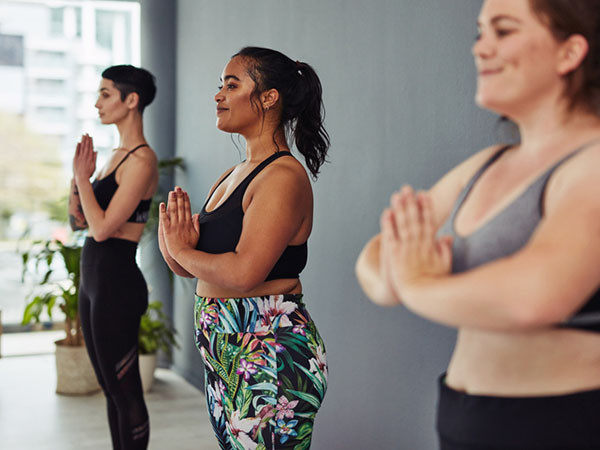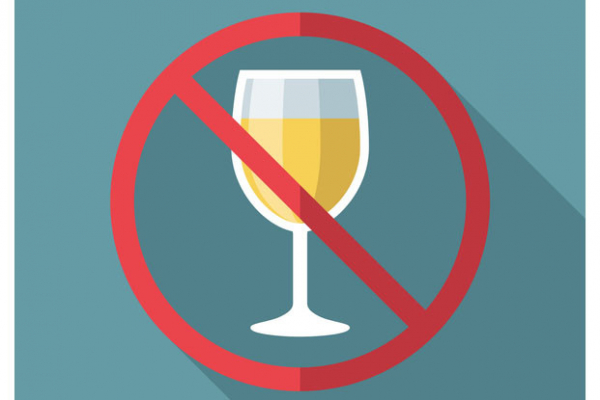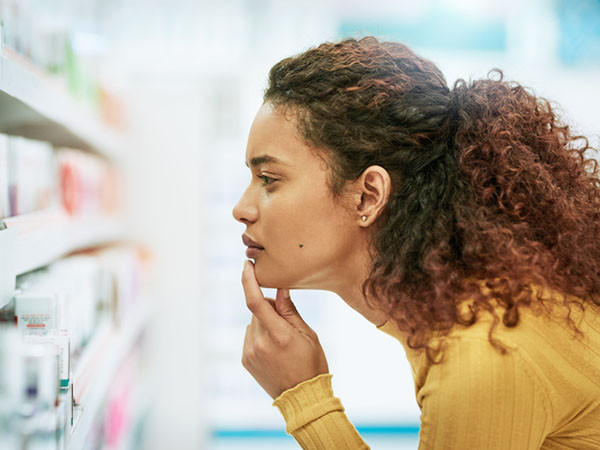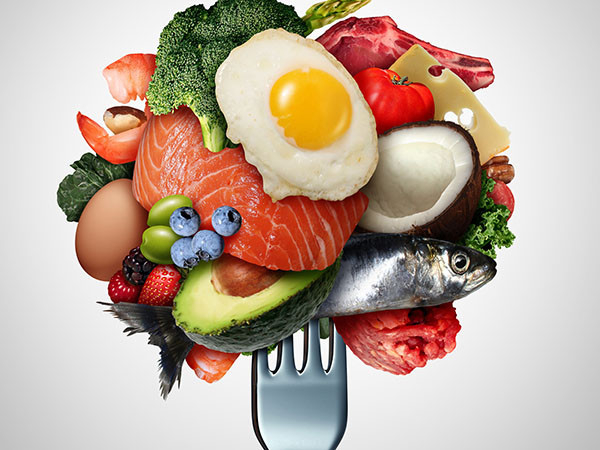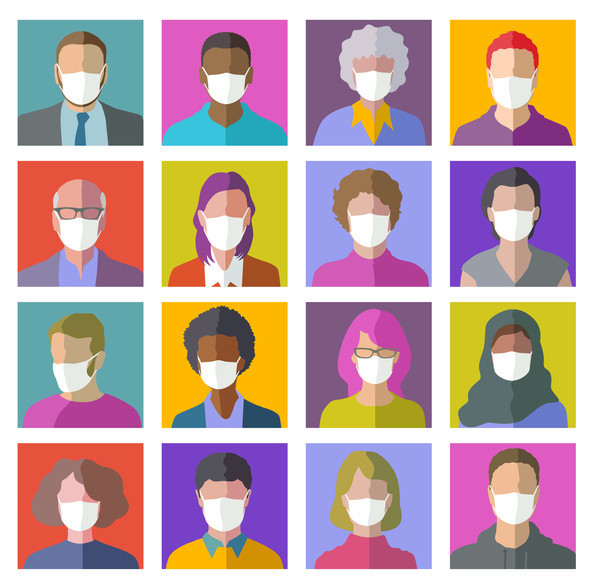

Surging COVID-19 rates throughout the country and in many parts of the world make our efforts to protect ourselves and others more important than ever. Layers of protection offer the best defense against COVID-19, starting with vaccines and boosters for everyone eligible.
Vaccinated and boosted people are far better protected against severe disease, hospitalizations, and death. But everyone — even vaccinated people — may spread infection with a highly contagious variant like Omicron if they get it. In places where vaccination rates are low or COVID cases are rising, experts estimate we can save thousands of lives and help control the pandemic if we all commit to following mask guidelines and other standard preventive measures.
Why do we believe masks work?
An expanding body of evidence supports the benefits of medical and nonmedical masks. Some of the strongest evidence includes these reviews (here and here) and observational studies (here, here, here, and here), which found that mask-wearing leads to lower rates of infection. And this impressive graphic display from the New York Times shows how masks help trap larger respiratory droplets and some of the smaller particles known as aerosols.
Mask-wearing helps protect against illness from viruses that travel through the air — not just COVID-19, but also colds and flu. Some people worry that masks trap carbon dioxide (CO2) or limit the amount of oxygen you inhale, but that’s not true. As you breathe out in a mask, C02 escapes; as you breathe in, you receive oxygen.
No single study is perfect or definitive; in fact, such studies would be impossible to perform. But there is a lot going for mask-wearing, and little or no evidence that wearing a mask causes harm.
Which type of mask is best?
The Centers for Disease Control and Prevention (CDC) recommends wearing the most protective mask you can find.
Consistently wearing masks designed to filter out very small particles offers the best protection against highly contagious variants, such as Omicron. Examples include
- N95 masks approved by the National Institute for Occupational Safety and Health (NIOSH)
- KN95 masks, which are certified in China and not approved by NIOSH, but have similar effectiveness as N95 masks.
Unfortunately, counterfeit N95 and KN95 masks have become common. The CDC offers useful information on ways to spot counterfeit masks.
Surgical masks are helpful, but less protective, partly because they do not fit snugly. Some experts suggest double-masking if you’re using surgical or cloth masks.
What about tightly woven cloth masks with a wire bridge and at least two layers of washable, breathable fabric that completely cover the nose and mouth? These masks can be comfortable but offer less protection than N95 and KN95 masks.
Gaiters and bandanas may offer little protection and aren’t generally the first choice, because they were not designed to provide tight facial coverage and may have only one layer. Masks with vents or valves are also discouraged, as virus particles can more easily escape through them.
Where are we still seeking answers?
Here are a few of the most common and important questions for which we don’t have great answers just yet.
- Does wearing a mask protect others, the wearer, or both? A mask helps keep the wearer from spreading airborne viruses while breathing, speaking, or coughing. Current evidence suggests that the person wearing a mask also reaps benefits, although the greatest benefit occurs when everyone wears a mask. In places where COVID-19 cases are substantial or high (see maps), wearing a mask in public indoors may help protect you and prevent spread to others. Remember, not all children are eligible for vaccines and boosters, and anyone whose immune system is compromised by illness or treatments needs to be protected from COVID-19.
- Do masks reduce the severity of infection? Because masks can reduce the "dose" of virus exposure, and because a lower amount of exposure might cause less severe infection, some have suggested that universal mask wearing might induce immunity with less lethal infections. This remains controversial and unproven, however, and should not be assumed to be true.
- Is it necessary to wear a mask outdoors? That depends on the situation. If you’re going for a walk outdoors and no one is around, wearing a mask is unnecessary. On the other hand, if you’re in close contact with people outdoors in a setting where keeping a distance isn't possible, wearing a mask is strongly encouraged. And of course, you should follow local health regulations and mandates.
Mask dos and don’ts
Masks work well only if worn consistently and correctly.
- A mask should fit snugly over your nose and mouth, with no gaps at the edges of the mask.
- The more comfortable a mask is, the more likely you are to wear it. Try a few styles to see which ones fit and feel best.
- Avoid the "exposed nose," the "chin diaper," the "dangling earring," and other creative approaches that keep the mask from fully covering your nose and mouth.
- When removing a mask, touch only the loops or ties that hold it on, and fold together the outside corners before disposing of it or washing it if it’s a fabric mask. Then wash your hands well.
The CDC offers advice for
- snugly wearing masks if you have a beard
- children or people with certain disabilities who may find it hard to wear a mask
- washing and storing reusable masks.
The bottom line
The best available evidence shows that mask-wearing can help reduce spread of COVID-19 infections, keep waves of serious illness from overburdening our hospitals, and save lives — possibly even yours.
